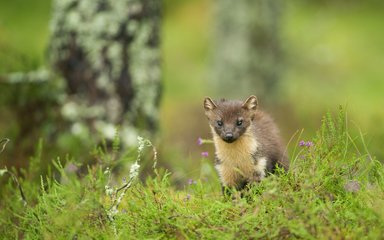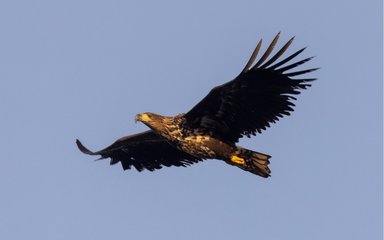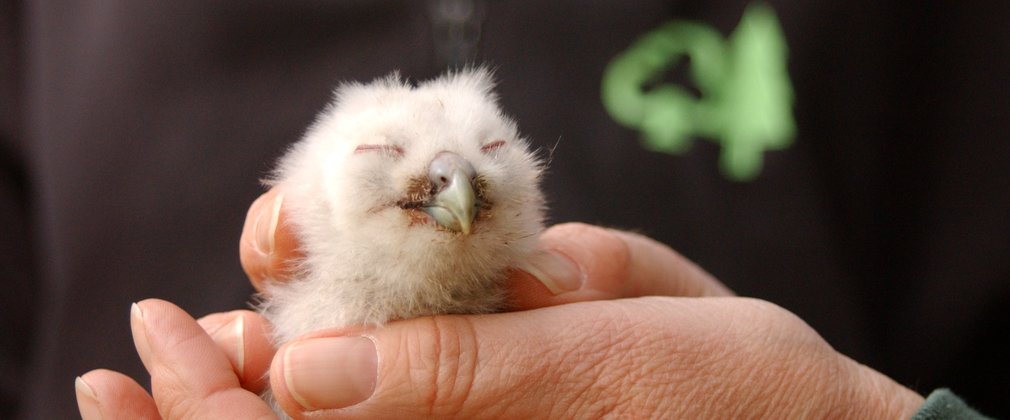
We are protecting wildlife
Our woodlands provide more than a quarter of a million hectares of habitat for wildlife. Over half of England’s rarest species can be found in the nation’s forests, including red squirrels, water voles, goshawks and ospreys.
We care for some of the most valuable places for wildlife in the country, including over 68,000 hectares of Sites of Special Scientific Interest (SSSIs) and National Nature Reserves (NNRs).
Through sustainable land management, we are creating healthy ecosystems and protecting and improving ancient woodlands and nature reserves.
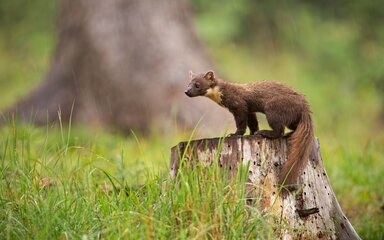
Returning lost species
Our staff and volunteers do extraordinary conservation work every day to support the array of species that already live within our forests. But it is not enough to simply conserve what is left. We’re returning missing creatures to our landscapes and recovering vital ecosystems.
Working with partners, we’ve recently reintroduced beavers, pine martens and white-tailed eagles to the nation’s forests. We've also returned pool frogs, chequered skipper butterflies and white-faced darter dragonflies as part of habitat restoration projects across the country. We’re committed to supporting wildlife in our woodlands and encouraging it to flourish. Returning lost species is a key part of this.
Creating habitat
We have been working hard to restore important wildlife habitat across England. The nation’s forests are a patchwork of different habitats, and trees provide many benefits, but open space is also essential for both wildlife and our climate.
Almost one fifth of the landscapes we manage are open habitats, such as heathland and peatland, and they are important features in our landscapes. We care for some of the country’s best habitat, providing rich, diverse and connected spaces to support biodiversity.
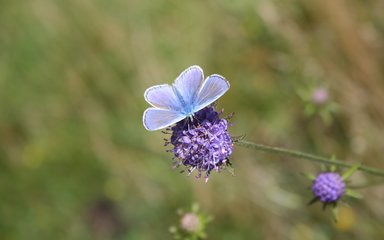

Restoring natural processes
We’re delivering landscape scale nature recovery for the long term. We already pioneer in delivering wilder forests at Wild Ennerdale, working with partners to encourage natural processes to shape the landscape and enhance the special qualities of the glacial valley. Galloway cattle graze a large area, diversifying the plant life by disturbing the ground and dispersing seeds. The dynamic River Liza flows freely, shifting course in response to rainfall.
We’ve committed to creating at least 6,000 more hectares of wild areas by 2026. By harnessing the power of nature, we will restore processes with more meandering watercourses, low-density grazing and adopting different ways to manage forests.
Sign up for wildlife updates
Don't miss a thing with our email newsletter from the forest.

